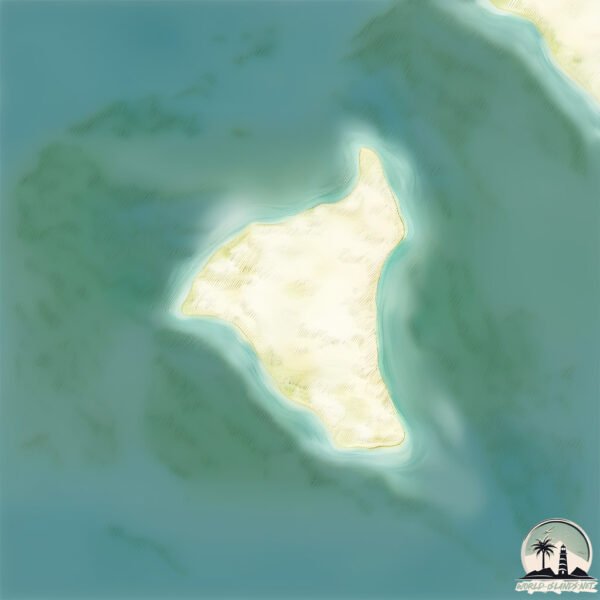Gataia

Welcome to Gataia, a Dry island in the Mediterranean Sea – Eastern Basin, part of the majestic Atlantic Ocean. This guide offers a comprehensive overview of what makes Gataia unique – from its geography and climate to its population, infrastructure, and beyond. Dive into the details:
- Geography and Size: Explore the island’s size and location.
- Climate and Weather: Weather patterns and temperature.
- Topography and Nature: Uncover the natural wonders of the island.
- Infrastructure and Travelling: Insights on reaching, staying, and making the most of your visit.
- News and Headlines: Latest News.
Geography and size of Gataia
Size: 1.53 km²
Coastline: 6.3 km
Ocean: Atlantic Ocean
Sea: Mediterranean Sea – Eastern Basin
Continent: Africa
Gataia is a Small Island spanning 1.5 km² with a coastline of 6.3 km.
Archipel: –
Tectonic Plate: Aegean Sea – Located in the eastern Mediterranean, this microplate is characterized by seismic and volcanic activity due to its interaction with the Eurasian and African Plates.
The geographic heart of the island is pinpointed at these coordinates:
Latitude: 33.73287798 / Longitude: 10.71669349
Climate and weather of Gataia
Climate Zone: Dry
Climate Details: Hot Deserts Climate
Temperature: Hot
Climate Characteristics: Dominated by extremely hot temperatures, this climate is marked by minimal rainfall and barren landscapes. Nights often experience drastic temperature drops.
Topography and nature of Gataia
Timezone: UTC+01:00
Timezone places: Europe/Paris
Max. Elevation: -1 m
Mean Elevation: -2 m
Vegetation: Sparse Vegetation
Tree Coverage: 64%
The mean elevation is -2 m. Remarkably, this unique island barely emerges above the sea level, showcasing nature’s fascinating interplay with the ocean. The island is characterized by Plains: Flat, low-lying lands characterized by a maximum elevation of up to 200 meters. On islands, plains are typically coastal lowlands or central flat areas.
Dominating Vegetation: Sparse Vegetation
These regions have limited plant growth, typically due to extreme conditions like aridity or poor soils. Vegetation is scattered and consists of hardy plant species. Gataia has a tree cover of 64 %.
Vegetation: 4 vegetation zones – Diverse Island
Four distinct vegetation zones mark these islands as ecologically diverse. They might feature varied landscapes such as forests, beaches, grasslands, and rocky areas. Such diversity reflects the island’s complex ecological interactions and varied habitats, which can support a rich array of wildlife and plant species.
Infrastructure and Travelling to Gataia
Does the island have a public airport? no.
There is no public and scheduled airport on Gataia. The nearest airport is Djerba Zarzis International Airport, located 16 km away.
Does the island have a major port? no.
There are no major ports on Gataia. The closest major port is HOUMT SOUK, approximately 21 km away.
The mean population of Gataia is 162 per km². Gataia is Moderately Inhabited. The island belongs to Tunisia.
Continuing your journey, Jerba is the next notable island, situated merely km away.
Harvest 2019 Tormac, Romania,



Tunisia is classified as Developing region: Regions characterized by lower income levels, with economies in the process of industrialization and modernization. The level of income is Upper middle income.
News – Latest Updates and Headlines from Gataia
Stay informed with the most recent news and important headlines from Gataia. Here’s a roundup of the latest developments.
Please note: The data used here has been primarily extracted from satellite readings. Deviations from exact values may occur, particularly regarding the height of elevations and population density. Land area and coastline measurements refer to average values at mean high tide.
